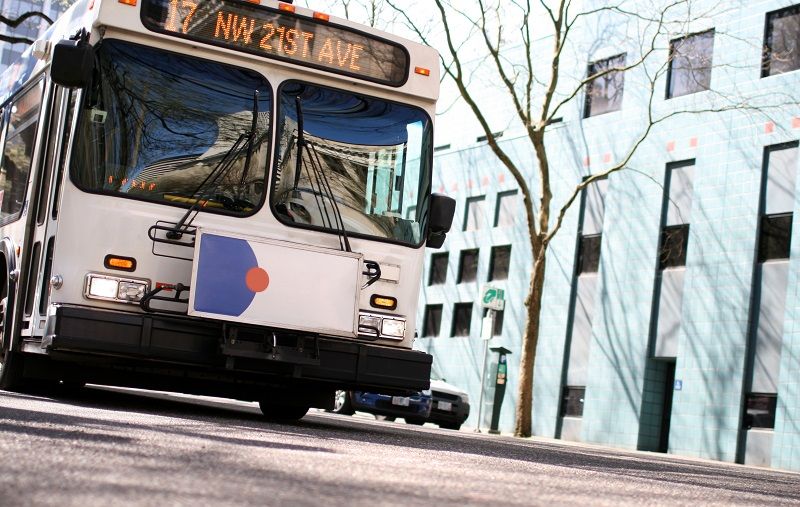Last week Cascade released a report encouraging cities and counties to consider leaving TriMet due to its financial mismanagement.
TriMet has long admitted that its labor costs are unsustainable. In addition, the agency’s addiction to costly rail construction has cannibalized bus service, which has been cut by 14% in the past five years.
Comparison with other local transit districts paints a stark picture. The cost per mile of operation for the TriMet commuter rail line is $43.74. TriMet’s flagship service, light rail, costs $11.96 per mile. Yet, the small city of Sandy runs its own bus service for $2.57 per mile.
TriMet predicts that additional service cuts will be required by 2017 and every year thereafter to balance the budget, which essentially would shut down the agency by 2025. TriMet’s only strategy has been to seek contract concessions from the bargaining unit representing most workers, but this is unlikely to succeed. The ongoing PERS crisis shows that once management agrees to expensive fringe benefits for unionized workers, it’s almost impossible to reduce them later.
TriMet is in a death spiral of its own making. Local jurisdictions might be hoping for the best, but they should plan for the worst. Leaving TriMet is an option that needs to be on the table.
John A. Charles, Jr. is President and CEO of Cascade Policy Institute, Oregon’s free market public policy research organization.











